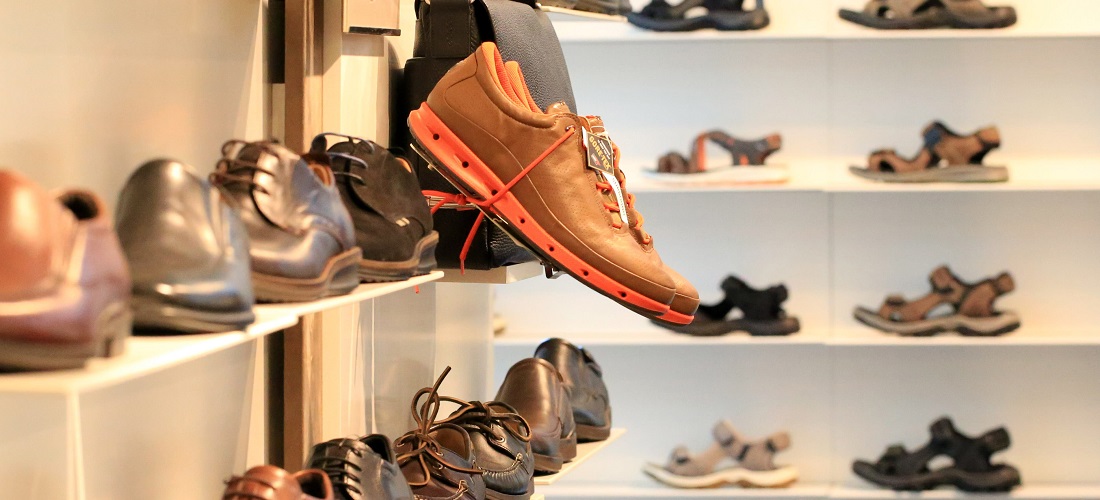
Brazil Footwear Exports Drop 26.7% from January to April
May, 16, 2024 Posted by Gabriel MalheirosWeek 202420
Brazil’s footwear industry faced continued declines in exports in April, as reported by the Brazilian Association of Footwear Industries (Abicalçados). The month saw the shipment of 7.9 million pairs valued at $90.7 million, marking a decrease of 22.8% in volume and 18.8% in revenue compared to April 2023. Over the first four months of 2024, exports totaled 35.6 million pairs and $344 million, representing declines of 26.7% in volume and 21.8% in revenue from the same period last year.
Haroldo Ferreira, Executive President of Abicalçados, noted that the decline in footwear exports was anticipated and expressed optimism for an improvement in the latter half of the year. “The international economy remains quite unstable, especially in key Latin American markets. We expect better performance in the second half of the year as sales of the summer collections begin, which are more profitable for our industry,” Ferreira said. Abicalçados forecasts a 6% to 9% decrease in export volumes for 2024.
The United States remains the largest market for Brazilian footwear exports. From January to April, Brazil shipped 3.47 million pairs to the U.S., generating $71.9 million—a decline of 9.7% in volume and 4.3% in revenue compared to the same period in 2023. However, the average price of footwear shipped to the U.S. rose by 6% to $20.70, indicating a shift toward higher-value products for North American retailers.
Argentina, despite its economic crisis, remains the second-largest destination for Brazilian footwear. In the first four months of 2024, 3 million pairs were shipped to Argentina, generating $62 million—down 39.2% in volume and 24.9% in revenue from the previous year. The average price per pair increased by 23.5% to $20.52, similar to the trend seen in exports to the U.S.
Spain ranked third among export destinations, importing 5.55 million pairs for $14.2 million, reflecting decreases of 26.2% in volume and 25.8% in revenue compared to the same period in 2023.
Exporting States
Among Brazilian states, Rio Grande do Sul remained the top exporter, shipping 11.1 million pairs and generating $168.53 million over the first four months—a decline of 16.2% in volume and 13.4% in revenue from last year. Ceará was the second-largest exporter with 12 million pairs valued at $77.25 million, down 22.4% in volume and 26.3% in revenue. São Paulo ranked third, exporting 1.9 million pairs worth $30.37 million, reflecting declines of 34.6% and 27.1%, respectively.
Import arena
On the import front, Brazil saw a rise in footwear imports, totaling 12.86 million pairs valued at $152.9 million over the first four months of the year—up 2.7% in volume and 5% in revenue. April alone saw a slight drop in import volume by 3.5%, but revenue fell significantly by 18%. Notably, new players like India and Cambodia entered the market, with imports from these countries surging dramatically. India exported 74.6 thousand pairs to Brazil, a 154.6% increase, while Cambodia exported 54 thousand pairs, a 200% increase compared to April 2023.
“Abicalçados is closely monitoring the situation, but we are possibly experiencing a migration of intra-Asian industries in search of cheap labor and government incentives,” informed Ferreira.
Vietnam, Indonesia, and China remained the leading sources of footwear imports for Brazil. Vietnam shipped 3.45 million pairs worth $70.38 million, Indonesia shipped 1.8 million pairs valued at $30.38 million, and China shipped 5.56 million pairs worth $16.55 million.
The chart that follows uses DataLiner-derived data to show Brazilian footwear imports between January 2021 and March 2024, measured in TEUs.
Brazil Footwear Imports | Jan 2021 – Mar 2024 | TEUs
Source: DataLiner (click here to request a demo)
In related imports, footwear parts—including uppers, insoles, soles, and heels—totaled $12.64 million, a 43.2% increase from the same period last year. The primary sources for these parts were China, Paraguay, and the United States.
“Abicalçados is monitoring the situation, but we are possibly experiencing a migration of intra-Asian industries in search of cheap labor and government incentives,” Ferreira added.
-
Grains
Jun, 01, 2021
0
Brazil assumes world leadership in grain export revenue
-
Meat
Jun, 18, 2024
0
Rival pork exporters could benefit from China-EU trade tensions
-
Ports and Terminals
Jan, 27, 2021
0
Port of Pecém cargo scanning grows 30%
-
Meat
Apr, 23, 2024
0
Brazil says Malaysia clears four more halal poultry plants for export

